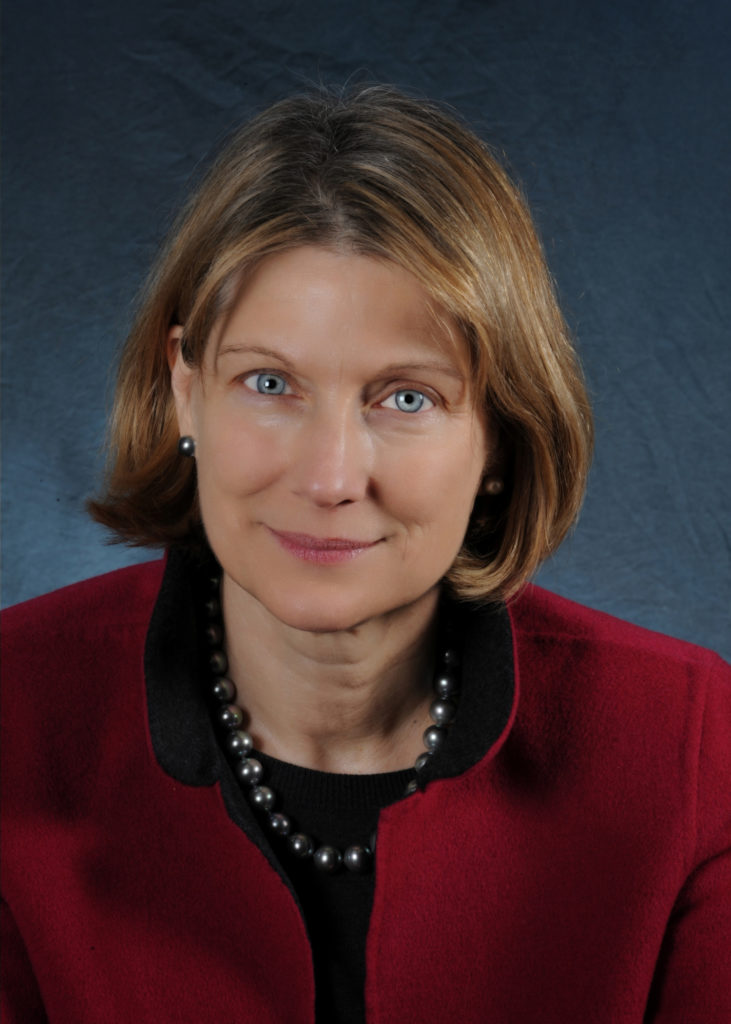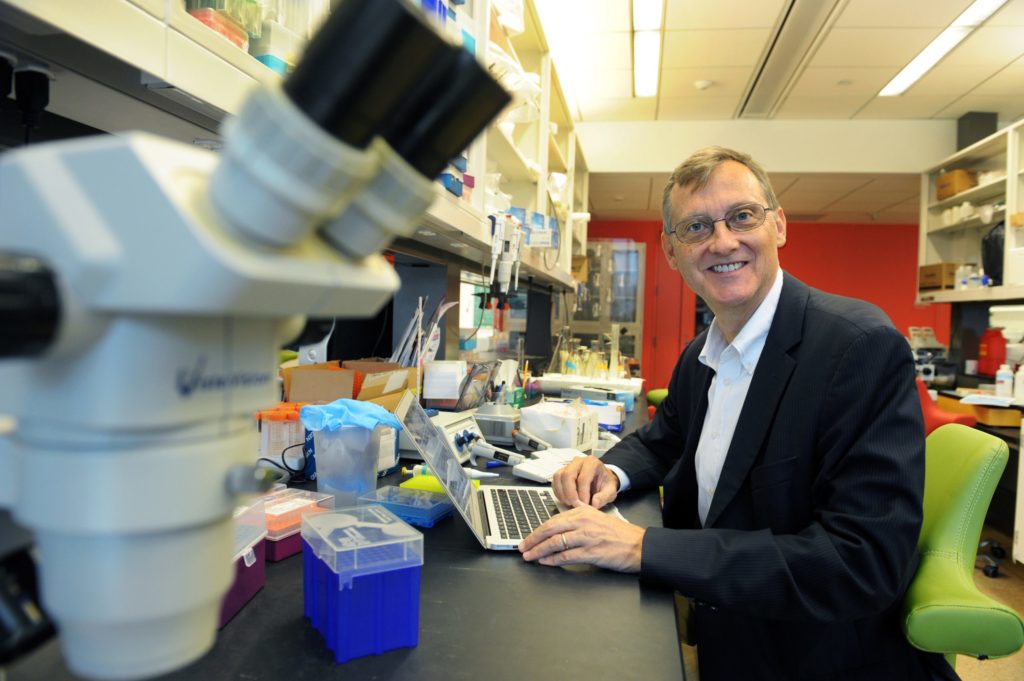
A new UNICEF report presents evidence on how inequality affects children in high income countries.
Innocenti Report Card 13, Fairness for Children: A league table of inequality in child well-being in rich countries, ranks 41 EU and OECD countries according to how far children at the bottom of the distribution fall below their peers in the middle. The report looks at bottom end inequality of income, educational achievement, self-reported health and life satisfaction.
“The Report Card’s focus on rich countries serves as a reminder that there is still significant child poverty in the world’s wealthiest countries, and some of these countries do a much better job at addressing child poverty than others,” said Ashu Handa, a professor in the department of public policy in UNC’s College of Arts and Sciences who is currently serving as Chief of Economic & Social Policy at UNICEF’s Office of Research— Innocenti. He leads the research team at Innocenti responsible for developing the Report Card.
Denmark is at the top of the overall league table with the lowest inequality among children. Israel ranked lowest across all domains.
In 19 out of 41 countries covered by the data, more than 10 per cent of children live in households with less than half the median income.
While inequality in children’s self-reported health symptoms increased in almost all countries between 2002 and 2014, inequality in physical activity and poor diet decreased in a majority of countries.
Bottom-end inequality has also narrowed in reading achievement in the majority of countries.
When children rank their life satisfaction on a scale of 1 – 10 the median score is 8; however, children at the lower end of the distribution fall far behind their peers. In every country, girls aged 13 and 15 report lower life satisfaction than boys.
Innocenti Report Card 13 proposes the following key areas for government action to strengthen child well-being:
- Protect the incomes of households with the poorest children.
- Improve the educational achievements of disadvantaged learners.
- Promote and support healthy lifestyles for all children.
- Take subjective well-being seriously.
- Place equity at the heart of child well-being agendas.
“The Report Card provides a clear reminder that the well-being of children in any country is not an inevitable outcome of individual circumstances or of the level of economic development but is shaped by policy choices,” said Dr. Sarah Cook, Director of the UNICEF Office of Research – Innocenti. “As our understanding of the long term impact of inequality grows, it becomes increasingly clear that governments must place priority on enhancing the well-being of all children today, and give them the opportunity to achieve their potential.
Other significant findings include:
- Two of the world’s wealthiest countries, Japan and the United States, were positioned in the bottom third of the league table for income inequality. In both countries, the household income of a child in the 10th percentile is roughly 40 per cent of that of a child in the middle of the income distribution.
- Only Spain and the United States improved in all four health indicators since 2002.
- Only four countries – Estonia, Ireland, Latvia and Poland – managed to lower education inequality while also allowing fewer children to fall below minimum proficiency standards.
- Among 10 countries where data on country of birth was collected 7 showed lower life satisfaction among migrant children.
Data sources: - The calculations of income inequality among children are based on micro-data from the European Union Statistics on Income and Living Conditions (EU-SILC) 2013 for European Union countries and Iceland, Norway and Switzerland.
- For the remaining 9 countries included in the analysis the income data come from nationally representative household income surveys.
- Analysis of inequality in educational achievement is based on OECD Programme of International Students’ Assessment (PISA) 2006, 2009, and 2012 data sets.
- Health and life satisfaction data are sourced from the Health Behaviour in School-aged Children (HBSC) 2013/2014 survey. Detailed description of the data sources is on page 44 of Report Card 13.
News about the report has been covered by Newsweek, The Guardian and The New York Times, among other outlets.
Read more about Handa’s work in spring 2016 Carolina Arts & Sciences magazine.


